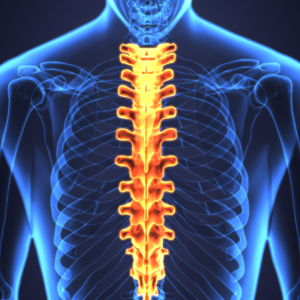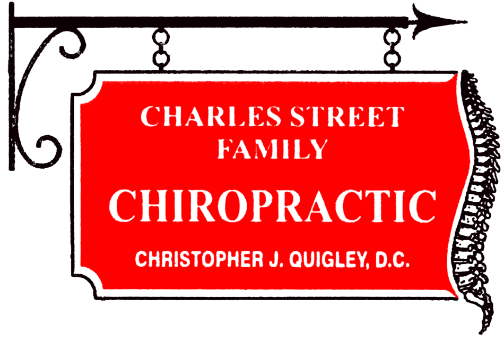 When it comes to the spine, we look at it from the side. There are two kinds of curves. There’s the lordosis, where the curve goes forward, and then there’s the kyphosis, where the spine goes backward.
When it comes to the spine, we look at it from the side. There are two kinds of curves. There’s the lordosis, where the curve goes forward, and then there’s the kyphosis, where the spine goes backward.
The way this works is your neck and your lower back have lordosis in a normal situation, and your middle back has a kyphosis.
Big problems happen in your spine and your health when you have a kyphosis in the neck or the lower back or you can have a hyper kyphosis in the middle back.
Kyphosis is a condition characterized by an abnormal curvature of the spine, leading to a rounded or hunched back. While some degree of spinal curvature is normal, kyphosis occurs when the curve exceeds 50 degrees, causing noticeable changes in posture. This condition can affect people of all ages, but it is most commonly seen in older adults and adolescents.
Causes of Kyphosis
Kyphosis can develop due to various factors, including:
- Postural Kyphosis: Often seen in adolescents, this type is linked to poor posture and slouching. It tends to improve with better posture and exercises.
- Scheuermann’s Kyphosis: A more severe form of kyphosis that typically appears during adolescence. It occurs when the vertebrae grow unevenly, resulting in a more pronounced curve.
- Age-related Kyphosis: Known as “dowager’s hump,” this form is common in older adults, especially those with osteoporosis, where the bones weaken and collapse, causing a forward curve.
- Congenital Kyphosis: This type occurs due to abnormal spinal development before birth, leading to a curved spine.
- Injury or Illness: Traumatic injuries or diseases like arthritis or infections can also cause kyphosis by damaging the spine.
Symptoms of Kyphosis
The most apparent symptom of kyphosis is a visible hump on the back. Other signs include:
- Back pain or stiffness
- Muscle fatigue
- Difficulty standing up straight
- Breathing problems in severe cases, as the curve may affect lung function
While mild cases may not cause significant discomfort, severe kyphosis can affect mobility and overall quality of life.
Treatment for Kyphosis
Treatment for kyphosis depends on the severity and underlying cause of the condition:
- Postural Kyphosis: Often managed with physical therapy, exercises, and postural correction.
- Scheuermann’s Kyphosis: Bracing may be recommended during adolescence to prevent further curve progression. In some cases, surgery may be required.
- Age-related Kyphosis: Medications for pain relief and exercises to strengthen the back muscles can help manage symptoms. In severe cases, surgery may be considered.
In conclusion, while kyphosis is a common spinal condition, early diagnosis and appropriate treatment can help manage symptoms and prevent complications. If you notice signs of kyphosis, consulting a healthcare professional is crucial to ensure the right course of action.
